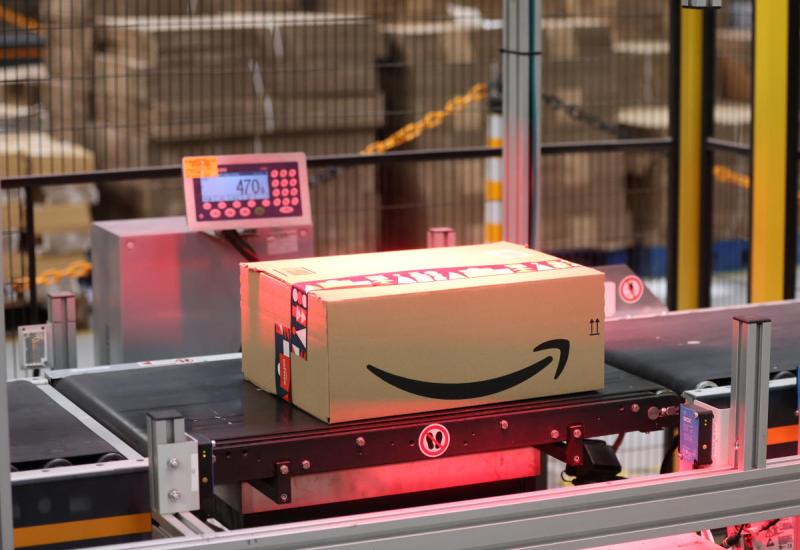A new exchange-traded fund (ETF) proposal has emerged targeting Bitcoin’s (BTC) price movements outside U.S. trading hours, where historical data shows much of the cryptocurrency’s gains occur.
On December 9, 2025, Tidal Trust II filed a Form N-1A registration statement with the U.S. Securities and Exchange Commission (SEC) for the Nicholas Bitcoin and Treasuries After Dark ETF. This fund would adopt a unique timing strategy.
The ETF would acquire Bitcoin exposure via futures, options, or other U.S.-listed Bitcoin ETPs/ETFs around 4:00 p.m. ET when U.S. markets close, holding positions through the night. Positions would be unwound by 9:30 a.m. ET when markets reopen, with assets rotating into short-term U.S. Treasuries to minimize daytime volatility.
The rationale stems from analysis showing that a significant portion of Bitcoin’s 2024 price appreciation happened post-U.S. close, potentially allowing this ETF to outperform traditional spot Bitcoin funds by capturing “overnight returns” while sidestepping intraday dips often linked to U.S. equity market flows.
Bloomberg ETF analyst Eric Balchunas noted this could yield “better returns,” though it introduces timing risks and execution costs. This filing reflects the maturing Bitcoin ETF market, which has amassed over $118 billion in assets despite recent outflows like $3.48 billion in November 2025.
If approved, it would join a lineup of specialized products, signaling innovation amid BTC’s push toward $94,000 as of December 9. Currently, BTC trades around $92,000, up from recent lows but facing volatility amid Fed rate speculation.
Spot BTC ETFs saw $4 billion in outflows in November 2025 but rebounded with $287 million inflows on December 9. With $118 billion in BTC ETF assets under management, this filing reflects maturation in the space. Issuers are innovating beyond plain-vanilla spot/futures products to target niches like time-based strategies.
If approved, it could inspire similar “microstructure-engineered” ETFs, enhancing options for risk-averse investors. However, approval isn’t guaranteed—SEC scrutiny on crypto products remains high, especially post-2024 election shifts.
Next StepsThe SEC will review the filing, with a decision timeline potentially spanning 75 days. Investors should watch for updates on tidaletfs.com or SEC filings. This proposal underscores Bitcoin’s 24/7 nature clashing with traditional finance’s 9-to-5 model, potentially offering a “sleep-easy” way to bet on overnight edges.
Vivek Ramaswamy’s Strive Raises $500M for Bitcoin Expansion
In parallel, Strive Asset Management—co-founded by entrepreneur and former presidential candidate Vivek Ramaswamy—announced a $500 million “at-the-market” (ATM) preferred stock offering to bolster its Bitcoin treasury strategy.
The proceeds from selling Series A Perpetual Preferred Stock will primarily fund Bitcoin acquisitions. Purchasing additional BTC and related products, building on Strive’s current holdings of 7,525 BTC valued at ~$694–695 million, ranking it as the 14th-largest corporate holder.
Working capital, debt repayment, share buybacks, and investments in income-generating assets. This move emulates MicroStrategy’s (MSTR) playbook under Michael Saylor, using equity raises to amass BTC without dilution or heavy debt reliance.
Strive pivoted to a full Bitcoin treasury model in May 2025 via a reverse merger with Asset Entities and further expanded in September through acquiring Semler Scientific, a medical device firm with substantial BTC reserves.
CEO Matt Cole recently advocated for index providers like MSCI to include Bitcoin-holding firms in passive funds. The announcement drove Strive’s common stock up over 3% to $1.02, reflecting investor enthusiasm despite an 18% unrealized loss on its BTC stash.
If fully deployed at current prices ~$92,000/BTC, the raise could add ~5,400 BTC, potentially elevating Strive into the top 13 corporate holders. These developments underscore surging institutional Bitcoin adoption in late 2025, with ETFs innovating for niche strategies and corporates treating BTC as a balance-sheet staple.
Amid BTC’s volatility testing $92K–$94K, they signal confidence in long-term upside, though regulatory hurdles and market risks remain.
Leveraged ETFs Hit Record $239 Billion in AUM
Assets under management (AUM) in U.S. leveraged ETFs reached a new all-time high of $239 billion as of the end of Q3 2025.
This marks a significant surge, reflecting heightened investor appetite for amplified market exposure amid ongoing bull market momentum, AI-driven growth in tech sectors, and expectations of further Fed rate cuts.
The figure represents roughly 0.2% of the total U.S. stock market capitalization ~$125 trillion, but it underscores a broader trend of risk-on behavior. Leveraged ETFs, which use derivatives and debt to deliver 2x or 3x the daily performance of underlying indices like the S&P 500, Nasdaq-100, or sectors like semiconductors, have benefited from 2025’s equity rebound.
The S&P 500 and Nasdaq hit fresh highs in Q3, fueled by tech and defense stocks. For instance, gold miners and aerospace/defense leveraged funds like Direxion Daily Aerospace & Defense Bull 3X (DFEN) posted triple-digit gains earlier in the year.
Net inflows into leveraged products accelerated in H2 2025, with investors rotating from low-yield money market funds which crossed $8 trillion AUM in November. This aligns with broader ETF trends: Vanguard’s S&P 500 ETF (VOO) saw $20.8 billion in November inflows alone, the second-highest monthly figure in four years.
Top leveraged ETFs by AUM as of late 2025 include: ProShares UltraPro QQQ (TQQQ): ~$27 billion (3x Nasdaq-100). Direxion Daily Semiconductor Bull 3X (SOXL): ~$9.7 billion (3x semiconductors). Direxion Daily TSLA Bull 2X (TSLL): ~$6.5 billion (2x Tesla stock). ProShares Ultra QQQ (QLD): ~$7.7 billion (2x Nasdaq-100).
These funds saw strong trading volumes like TQQQ averages 95 million shares daily and performance, with SOXL up 19% in early 2025. This ATH signals peak optimism but also elevates risks. Leveraged ETFs amplify volatility: a 1% index drop can mean 2-3% losses or more due to daily resets and compounding.
In downturns, forced liquidations can exacerbate selloffs—similar to the October 2024 crypto flash crash that wiped $19 billion in leveraged positions. Analysts like those at Goldman Sachs note parallels to pre-dot-com bubble levels in AI valuations, with the top 10 S&P 500 stocks now comprising 40% of the index.
Leveraged ETFs are short-term tools; daily resets cause “volatility decay,” eroding long-term returns in choppy markets. At 0.2% of the $125 trillion U.S. stock market cap, they’re small but amplify sentiment—liquidations during corrections like October’s crypto flash crash wiped $19 billion can exacerbate downturns.
Combined with high valuations S&P 500 P/E ~28x and concentration top 10 stocks = 40% of index, this setup echoes pre-dot-com vibes. If the bull run continues, AUM could push $300 billion by mid-2026. But a 5% pullback—overdue after 159 days—might trigger forced selling, turning a dip into a rout.
Leveraged ETFs suit tactical traders, not buy-and-hold investors. Volatility decay is the hidden performance drag that causes leveraged (and inverse) ETFs to lose value over time — even when the underlying index ends exactly where it started — whenever the market is volatile.
It is the single most important concept to understand before ever touching a 2× or 3× ETF for more than a few days. Daily Reset + Compounding AsymmetryA 3× leveraged ETF does NOT deliver 3× the return of the index over weeks or months.
It delivers exactly 3× the daily return, every single day, and then compounds those daily returns. This daily re-leveraging creates the decay because percentage gains and losses are asymmetric.
Central banks’ gold buying 634 tonnes in 9 months and $324 trillion global debt add to the macro caution. If you’re trading these, stick to short-term horizons— they’re tools for tactical bets, not buy-and-hold. For broader exposure, consider unleveraged ETFs like VOO amid the inflows.






